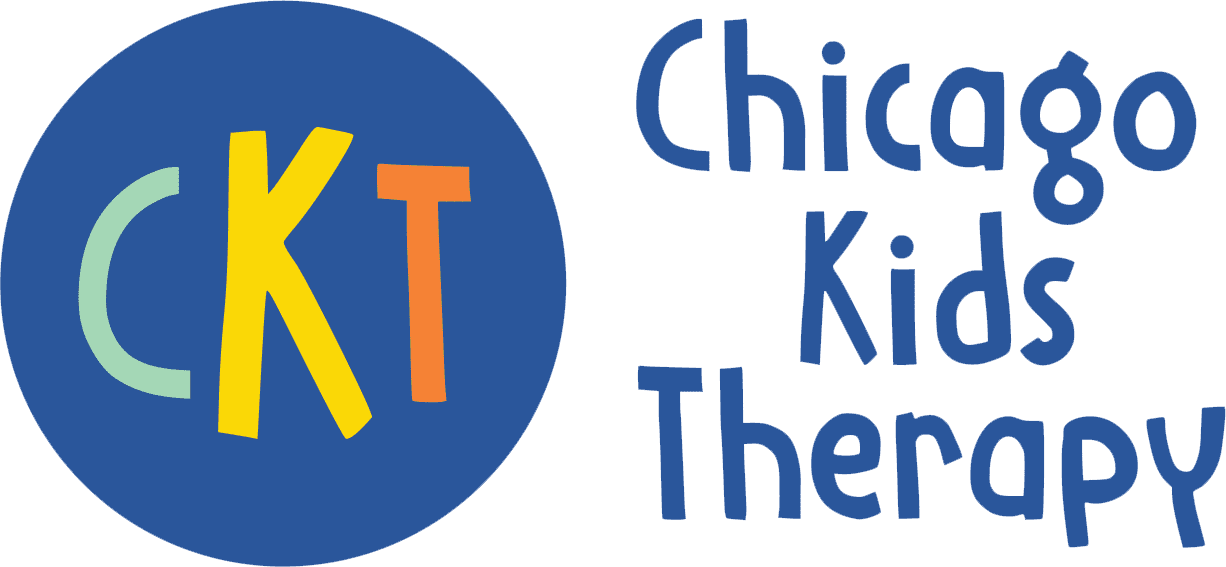Children with autism spectrum disorder (ASD) may have a slower development of basic skills. The development of basic skills may occur in different areas. Each child’s development is unique and different from one another. Some individuals with ASD have developmental delays which may cause them to experience difficulty with gross motor coordination and physical development. Often, children may develop a delay in forming motor (movement) skills. This is where physical therapists come in.
Role of Physical Therapists
Physical therapists (PTs) specialize in movement. They are trained to help your child build muscle strength and coordination. This is important because physical therapy can improve your child’s basic daily activities and social/physical development. These skills will help children with ASD take part in activities and physical education with their peers.
Physical Therapists build or rebuild:
- Strength
- Mobility
- Motor Skills
Physical therapists help children with ASD gain their full potential by improving their gross motor skills and basic movement skills.
Traits of ASD related to movement:
- Delays in walking, jumping, and skipping
- Trouble maintaining balance
- Lack of coordination
- Decreased hand-eye coordination
- Problems with repeating movements
- Toe walking
How can a Physical Therapist help?
Physical therapists work on improving daily routines both at home and at school. They work to help children with ASD acquire new motor skills and develop better coordination. Physical therapists want to make sure your child is able to change between different activities and maintain functional performance. A physical therapist will make sure to evaluate your child thoroughly.
PTs will work with your child to find age-appropriate movement skills and activities. They will use a free and structured play to teach your child how to practice various skills.
Some examples of activities included in sessions:
- Development of imitation skills – “Simon says”
- Performing actions to songs – “Head, Shoulders, Knees, and Toes”
- Using yoga ball to reduce “out-of-seat behaviors” and work on balance
- Balancing – staying balanced on a balance beam or swing
- Stairs – walking up and down stairs or ramp
